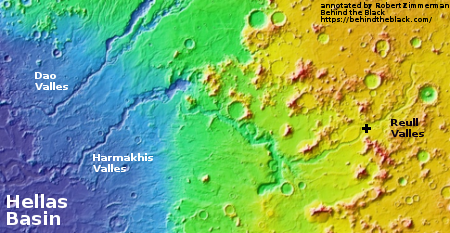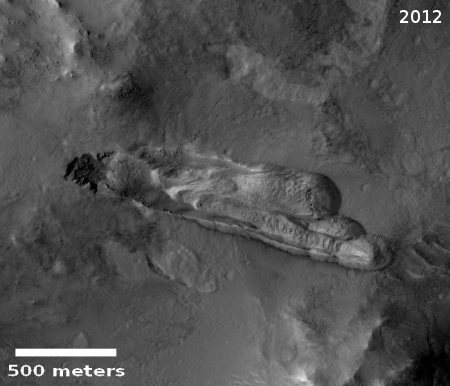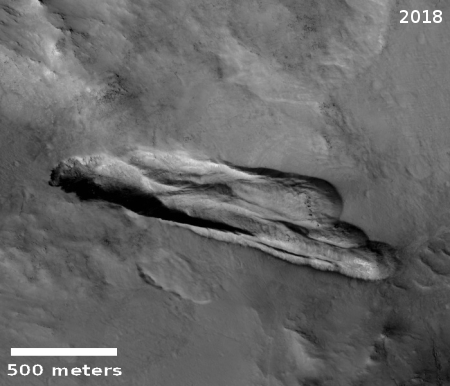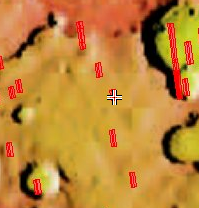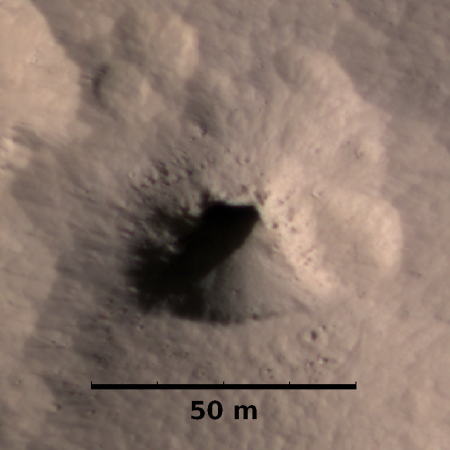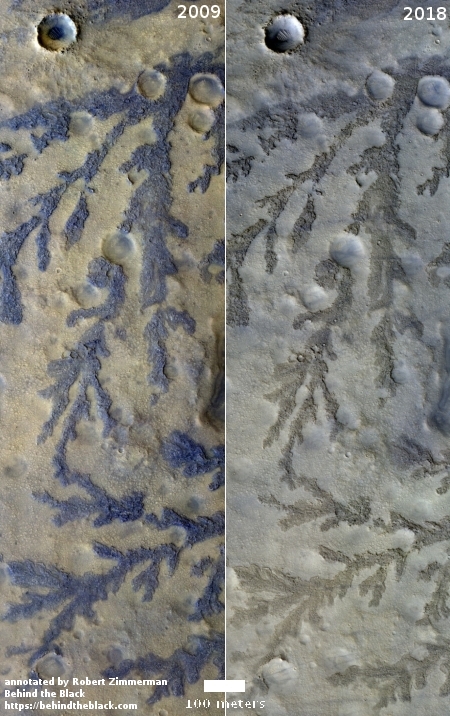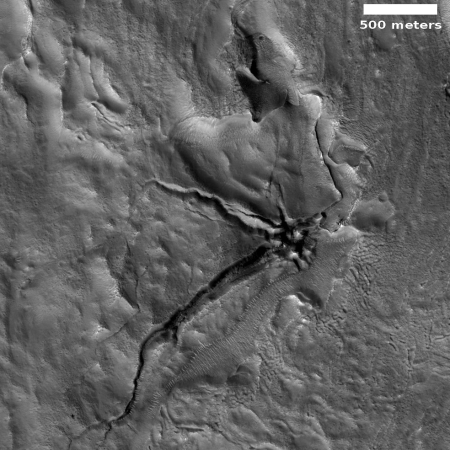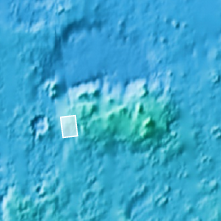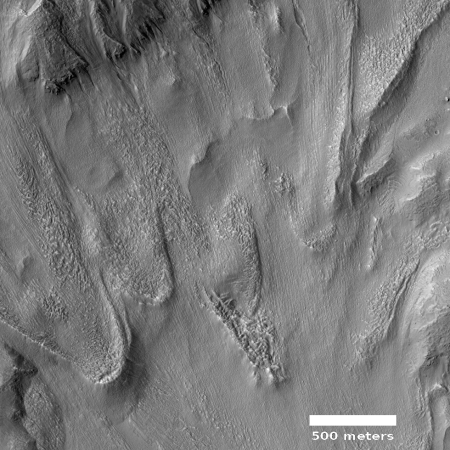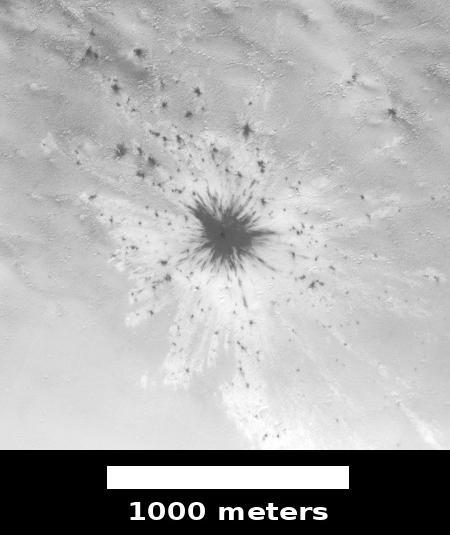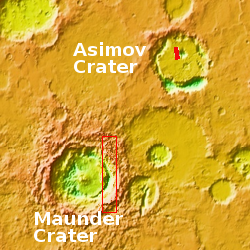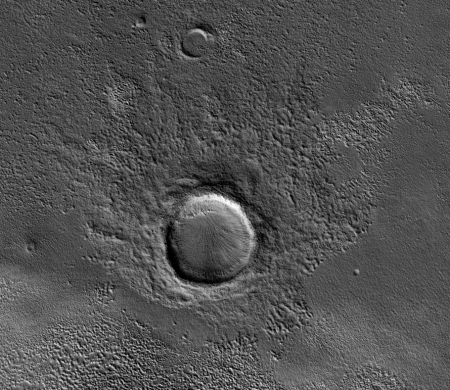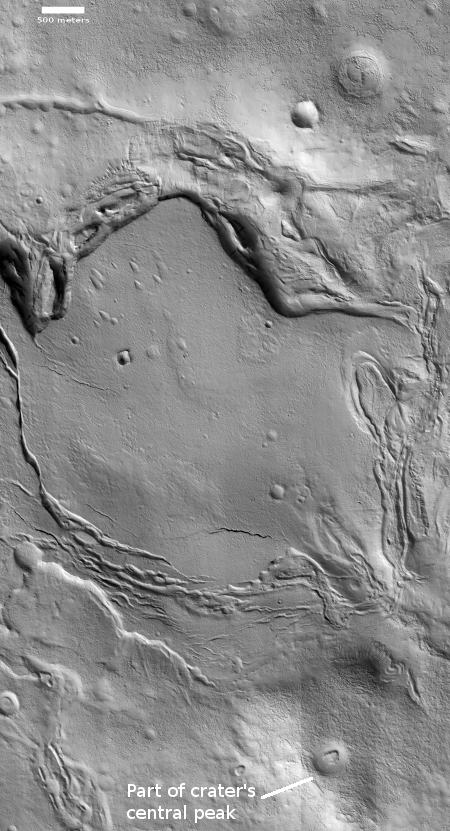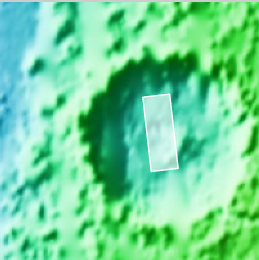The InSight Martian weather station
InSight’s weather station is now providing daily weather updates to the public.
Starting today, the public can get a daily weather report from NASA’s InSight lander.
This public tool includes stats on temperature, wind and air pressure recorded by InSight. Sunday’s weather was typical for the lander’s location during late northern winter: a high of 2 degrees Fahrenheit (-17 degrees Celsius) and low of -138 degrees Fahrenheit (-95 degrees Celsius), with a top wind speed of 37.8 mph (16.9 m/s) in a southwest direction.
This daily weather data can be found here. For the weather from Curiosity, go here. Weekly global weather reports from Mars Reconnaissance Orbiter are found here.
Comparing the weather at the two landers, you will notice that it is generally warmer at InSight. This is not surprising, as Curiosity is climbing a mountain, and is now at a much higher elevation.
InSight’s weather station is now providing daily weather updates to the public.
Starting today, the public can get a daily weather report from NASA’s InSight lander.
This public tool includes stats on temperature, wind and air pressure recorded by InSight. Sunday’s weather was typical for the lander’s location during late northern winter: a high of 2 degrees Fahrenheit (-17 degrees Celsius) and low of -138 degrees Fahrenheit (-95 degrees Celsius), with a top wind speed of 37.8 mph (16.9 m/s) in a southwest direction.
This daily weather data can be found here. For the weather from Curiosity, go here. Weekly global weather reports from Mars Reconnaissance Orbiter are found here.
Comparing the weather at the two landers, you will notice that it is generally warmer at InSight. This is not surprising, as Curiosity is climbing a mountain, and is now at a much higher elevation.

